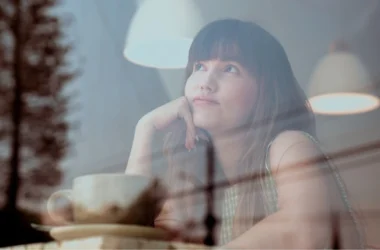Grief effigies have historical meaning in cultures worldwide. They are important symbols. For centuries, people have used this symbol of sorrow to honor and remember loved ones who have died. In ancient times, like in Egypt and Greece, people made statues to remember the dead. The creators made statues to show someone's presence, even if they weren't there.
They made the effigies with great attention to detail. They looked like the deceased. People wore masks at funerals and ceremonies to mourn and honor the deceased. The grief effigy is important. It helps grieving people feel better and find closure.
Exploring the Artistic Representation
Throughout history, artists have depicted the effigy of grief in various forms. Artists have created sculptures, paintings, and funeral monuments to express sorrow and mourning. In art, people often appear sad and lonely, as if they have lost their way.
The materials and techniques used to make these effigies make them more artistic. Artists often use marble, bronze, and wood to sculpt lifelike figures. Paintings rely on color and texture to evoke a sense of grief. The artwork of sorrow's image helps us better understand and appreciate grieving.
The Intricate Symbolism Behind the Effigy
The effigy of grief represents the deceased and has symbolic meaning. The dove is a symbol often linked to these effigies. It represents peace and the soul's journey to the afterlife.
Effigies often feature a wreath, representing everlasting love and memory. The way the effigy's hands or face looks can show feelings like sadness or agreement. Symbols add meaning to grief and help mourners feel their emotions more.
Unearthing the Rituals and Traditions
People have connected grief with different rituals and traditions. In some cultures, they carry a symbol through the streets during a funeral procession. This lets the community grieve and show their respect. The public mourning honors the deceased and supports the grieving.
In other customs, people put the effigy in a special spot at home. They gather there to remember their loved ones. Create a calm area with pictures, candles, and personal items for reflection. When someone dies, participating in ceremonies and customs can provide comfort and unity.
The Role of Effigies in the Mourning Process
Effigies help people mourn by giving them a way to express their grief. When people see a body, they feel connected to the deceased and find closure. Creating or interacting with an effigy can be cathartic. It helps people deal with complex emotions tied to loss.
Also, having an effigy can remind us of the person who died and bring us comfort. Everyone mourns in their own way, and creating an effigy of grief provides a place to express and heal.
Preserving and Reviving the Art of Grieving
We often forget about the old way of grieving with art. Preserving and reviving the art of grieving is a powerful way to honor our ancestors. Using effigies can provide solace to those who are grieving.
Effigies are like a bridge that helps us connect with our ancestors and find comfort in their memory. We can heal and reflect by preserving and reviving the art of grieving. The effigy of grief will remain a symbol of sorrow for future generations.
Frequently Asked Questions about Effigy of Grief
We make an effigy of grief to represent the deceased and remember them. People mourn around it.
Artists use various materials such as wood, marble, or bronze to create effigies of grief. Artists create artworks that resemble the deceased person and depict their emotions.
Mourning statues have symbols like doves and wreaths. These represent peace, the soul's journey, love, and remembrance.
Nowadays, fewer people use grief statues. But, there is a movement to protect traditional arts.
Expert Advice
To cope with grief, talk to grief counselors or join support groups for advice and help. Doing art therapy or writing in a journal can help people express emotions and deal with grief.








